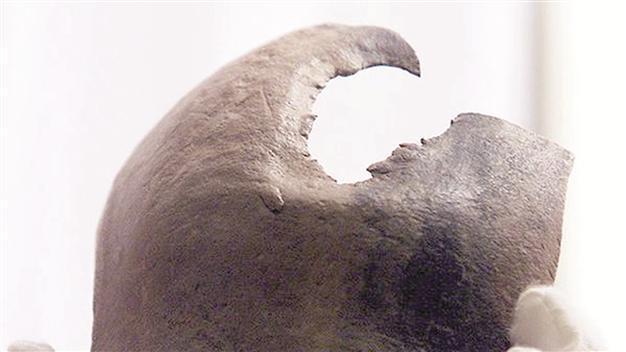Ancient brain surgery recreated
MOSCOW

The researchers followed last year’s discovery in the Altai Mountains of three ancient sets of remains.
Russian neurosurgeons alongside anthropologists and archaeologists have carried out pioneering tests to better understand how incredible operations on skulls were conducted more than 2,000 years ago.Experts at the Institute of Archaeology and Ethnography united with prominent Russian neurosurgeons for a series of tests that revealed the exceptional skillfulness of ancient doctors, equipped only with primitive tools, The Siberian Times has reported.
The research followed last year’s discovery in the Altai Mountains of three ancient sets of remains, which are about 2,300 to 2,500 years old.
The skulls of two men and a woman had holes in them, so scientists suggested that they were examples of trepanation, the oldest form of neurosurgery. “Honestly, I am amazed. We suspect now that in the time of Hippocrates, Altai people could do very fine diagnoses and carry out skillful trepanations and fantastic brain surgeries,” neurosurgeon Aleksey Krivoshapkin said.
To explore the way ancient surgeons operated, the skulls were first analyzed under a microscope. The precision and accuracy of the ancient doctors was proven by the fact that no traces were found of the method by which the skin was removed, and the skull surface remained well-preserved.
The scientists revealed the ancient operations were conducted in two stages. It took them only 28 minutes, but “required considerable effort,” according to Krivoshapkin.
However, it is still unclear whether early nomads used any anesthetic or painkillers.
















